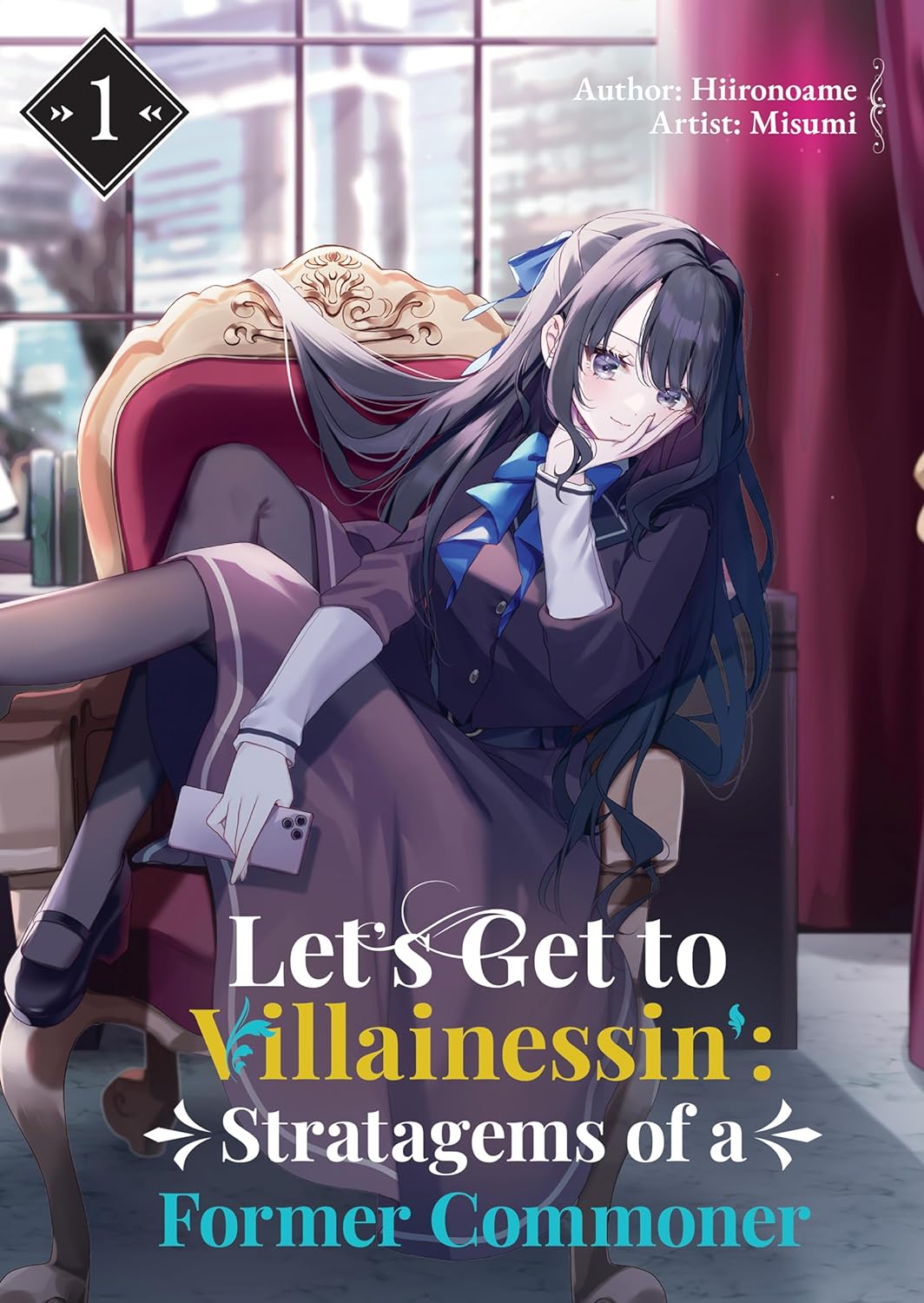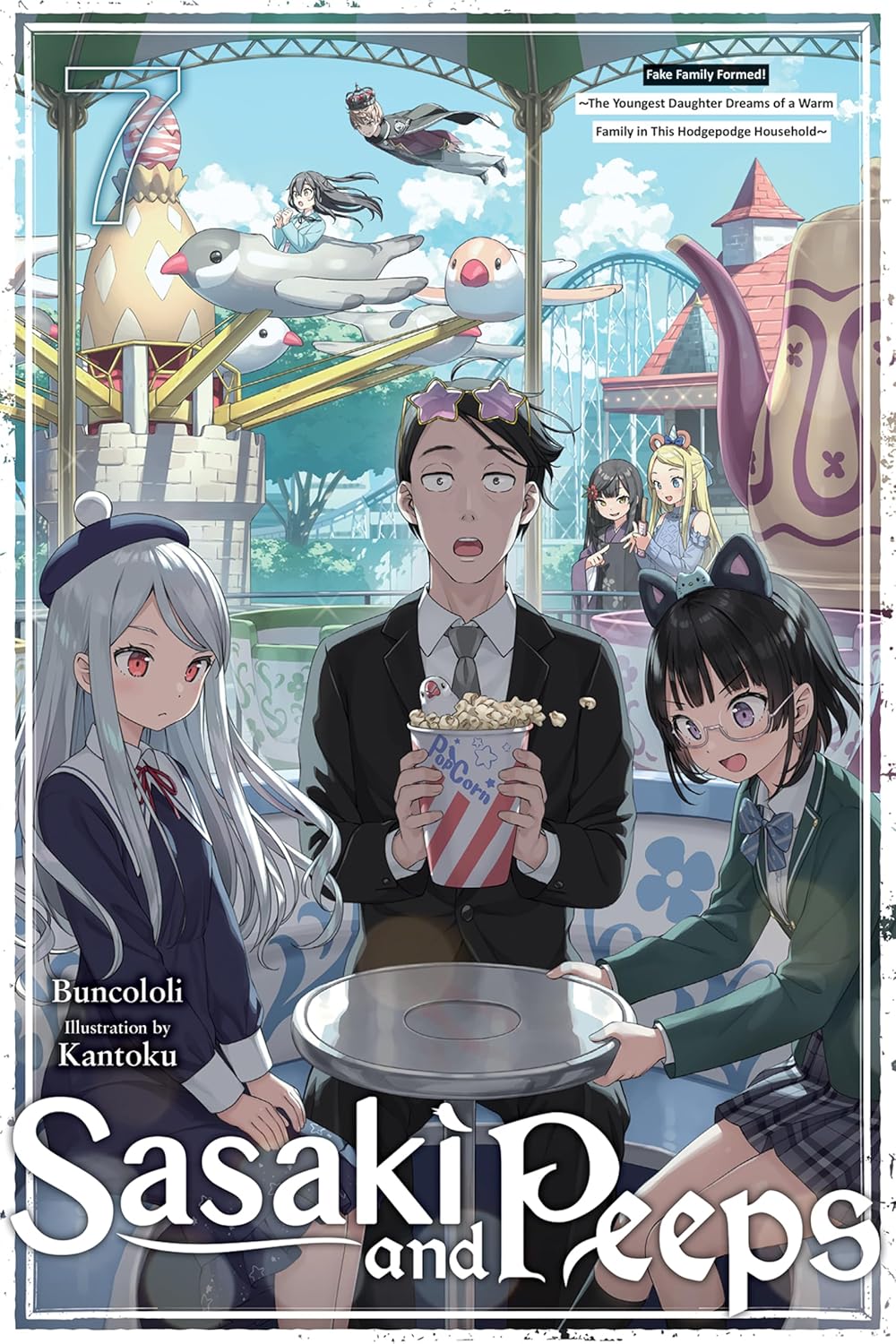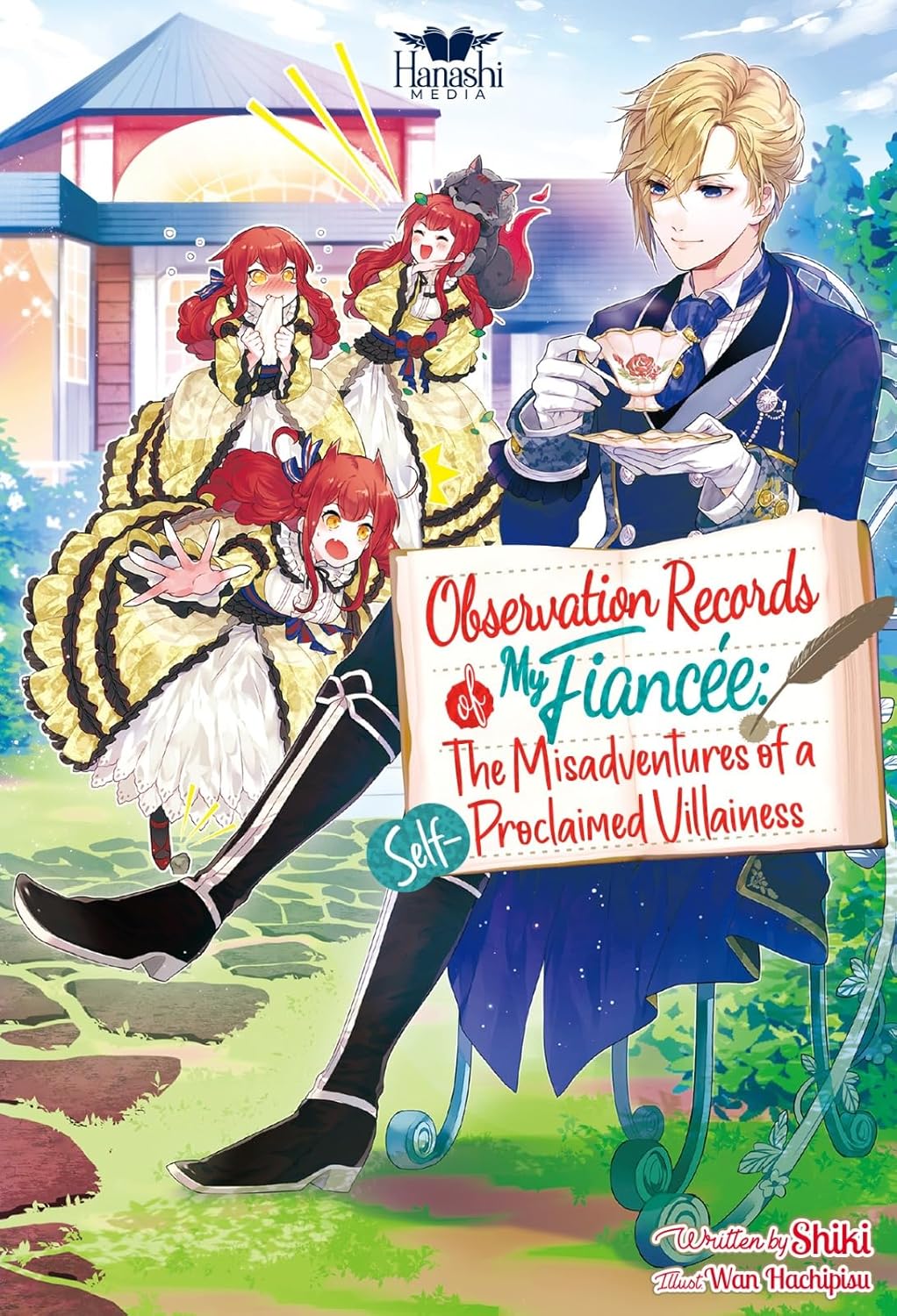By Sasara Nagase and Mitsuya Fuji. Released in Japan as “Sa, Akuyaku Reijou no Oshigoto wo Hajimemashou: Moto Shomin no Watashi ga Idomu Zunousen” by PASH! Bunko. Released in North America by Cross Infinite World. Translated by Dawson Chen.
I’m not sure if we’ve reached the point in 2024 where more villainess titles are licensed than isekai titles. Possibly it just feels that way to me as I read a majority of the villainess titles, while most isekai titles are ignored by me unless there’s a good reason. But this is definitely a book that is intimately familiar with the genre – the author has written several, unlicensed villainess series already, as well as the licensed Seriously Seeking Sister! book. The protagonist says she’s a fan of light novels, and has read villainess books in the past. She’s also backed by serious money here, so you’d think that things would go swimmingly. But as ever, it’s easier to avoid your doom than cause your doom as a villainess, and I appreciate that Mio is trying really hard to be a terrible person but just comes across as a big ol’ tsundere. It turns out being a bad person isn’t easy with a conscience.
Mio is a teenage girl who is working an extra job in order to pay for her sister’s hospital care, as she is dying of a mystery disease. Then, after stopping a purse snatcher, she is introduced to the owner of the purse, who has a deal for her. Shizuki, the rich girl Mio meets, says this is the world of an otome game! (It’s similar to Modern Villainess, in that it’s in a modern Japan but one that still has zaibatsu families.) Shizuki wants Mio to play the villainess role, bullying the heroine, making sure the heroine gets with the correct capture target, and fall to ruin. This will, for reasons not revealed in this book, save the country’s economy. In return, Shizuki will help get Mio’s sister advance treatment that might save her life. Mio thus goes all in on villainessin’.
So, I know this is a “translated into English” problem more than a problem with the original work. And I think the author did it deliberately in some ways to show off the “otome game” cliches of this world. But this book has important characters named Ruki, Riku, Ruri and Rikka. (I suspect the translator added the extra ‘k’ so that I would not lose my mind.) Oh yes, and Mio’s sister is Shizuku and her new sister by adoption is Shizuki. Fortunately, once I got past the names, this was a very good read. It’s a “we have to match the game’s plot but we keep changing it” sort of book, but this time everyone’s being serious, with nary a dumbass in the cast aside from the token “those two girls” who serve as the minibosses of Book One. A lot is being kept from Mio by Shizuki, and I for one am very concerned with her true motivations. But seeing Mio desperately try to be bad and accidentally helping the heroine out… look, I love a good Maria Campbell plot, OK? It helps that the heroine isn’t evil this time, possibly as this isn’t our original villainess either.
Assuming that we’re not introduced to Kiki, Kiko and Kiku next volume, I’m definitely looking forward to it, if only to get some answers, and see if Mio really will fall in love with the guy she’s trying not to fall in love with.



